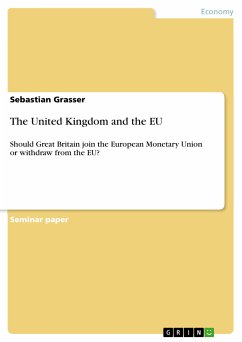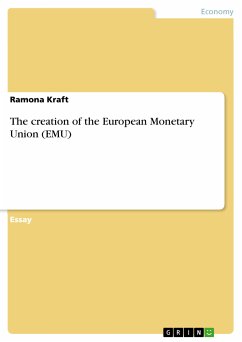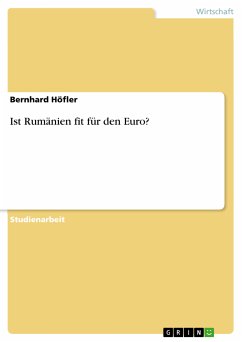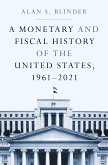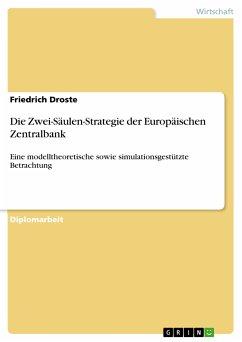Seminar paper from the year 2001 in the subject Economics - Monetary theory and policy, grade: 2,0 (B), Oxford Brookes University (Business School), course: Business Environment of the UK, language: English, abstract: HISTORICAL INTRODUCTION OF THE EMU With the Maastricht Treaty the EC heads of state and government agreed on a three-legged "European Union" (EU) on December 9 and 10, 1991, which should include a common foreign and security policy, cooperation on domestic and security policy and the creation of a European Economic and Monetary Union (EEMU). The European Monetary Union (EMU) is to be effected according to a concrete time schedule - the three-stage plan which was agreed upon in the Maastricht Treaty and the conversion plan which was decided December 1995. To ensure the stability of a single currency, especially in the initial phase, the states participating in the EMU must satisfy the following convergence criteria as constituted in the Maastricht treaty: 1.Inflation criteria: Price stability with no more than 1.5 percentage points above the inflation rate of the top three member states. [...]
Bitte wählen Sie Ihr Anliegen aus.
Rechnungen
Retourenschein anfordern
Bestellstatus
Storno



